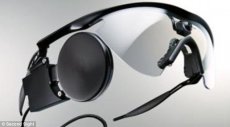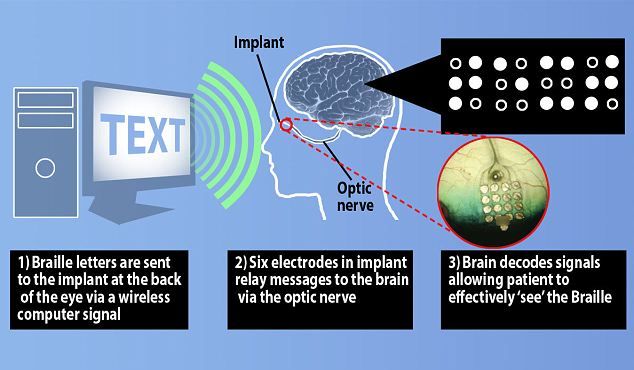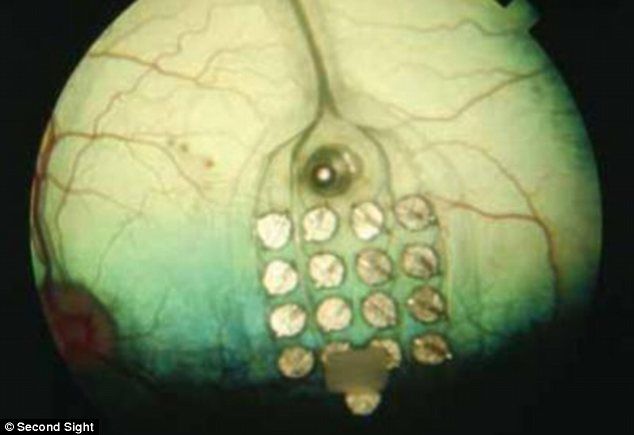New publications
Scientists may be able to give blind people back their sight
Last reviewed: 01.07.2025

All iLive content is medically reviewed or fact checked to ensure as much factual accuracy as possible.
We have strict sourcing guidelines and only link to reputable media sites, academic research institutions and, whenever possible, medically peer reviewed studies. Note that the numbers in parentheses ([1], [2], etc.) are clickable links to these studies.
If you feel that any of our content is inaccurate, out-of-date, or otherwise questionable, please select it and press Ctrl + Enter.

Blind people will be able to see thanks to a completely new development by scientists Second Sight Argus II Retinal Prosthesis, a device designed by the American company Second Sight.
Argus II is a video camera mounted on glasses, as well as a microchip that is implanted in the eye of a blind person and placed on the surface of the retina. The signals received by the eye are processed by 60 electrodes contained in the microchip. Light comes to the video camera, which is transmitted to the matrix, the electrodes excite impulses in neurons and the person can see the picture.
In diseases such as macular degeneration and retinitis pigmentosa, vision is lost due to damage to the photoreceptors, but the neurons that transmit visual signals to the brain are not affected, so this device is designed to help people with retinal damage regain the ability to see.

The team of scientists, led by Dr. Thomas Lauritzen, took the Argus II, a device that had been developed earlier, as a basis. The disadvantage of this device was that it took a person at least ten seconds to distinguish at least one letter. The image was very blurry, and due to the low resolution, it was very difficult to read with the device. And then the specialists decided to modify the device so that it would translate letters and numbers into Braille symbols.
Thanks to this solution, a microchip with electrodes on the retina can "read" the text without much difficulty. And all thanks to the fact that the Braille alphabet allows not to detail the image to the maximum.

Experiments with testing the new device were conducted with the help of participants in previous experiments who already had experience of "communication" with Argus II. If the old model helped a person to distinguish a printed letter in ten seconds, then the improved one accelerated this process to a letter per second.
Of course, this process cannot be called fast and convenient either, especially since the probability that a person will be able to identify a letter correctly is 89%, and the probability of reading a full word decreases to 60 - 80%. However, thanks to this device, blind people will be able to read those inscriptions that cannot be read by touch, for example, the inscriptions "Caution" or "Beware" in a place where unsafe construction work is being carried out.
 [ 1 ]
[ 1 ]
